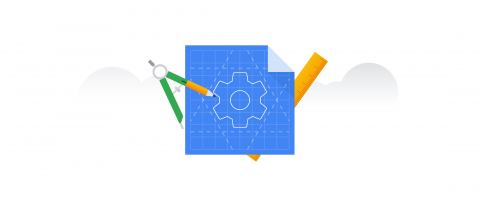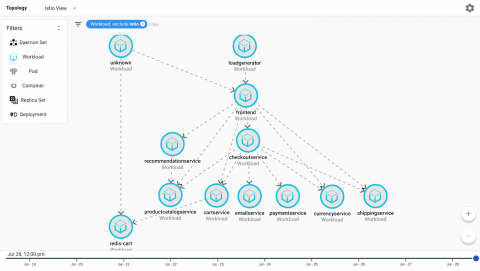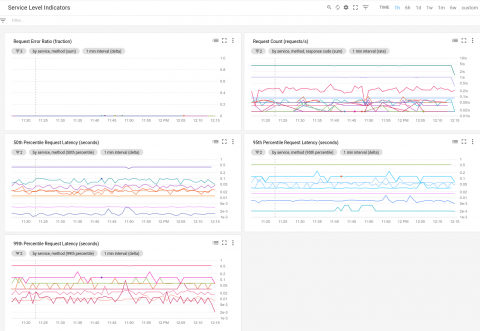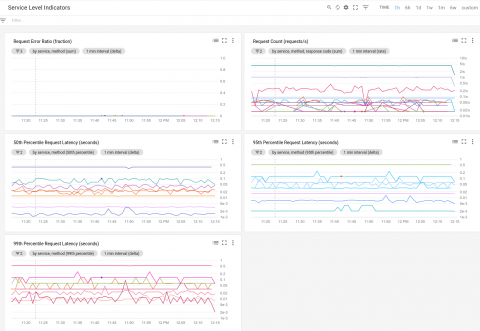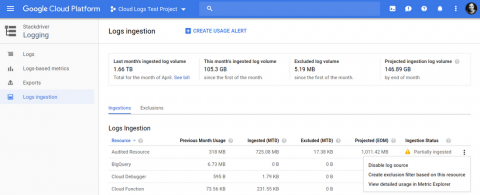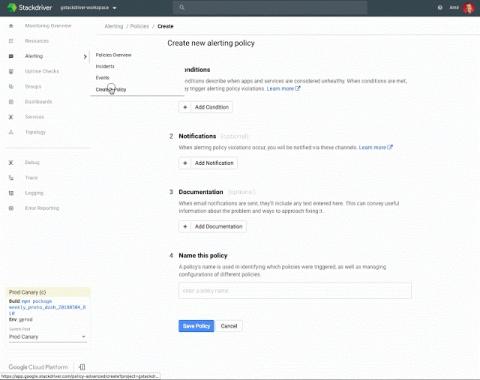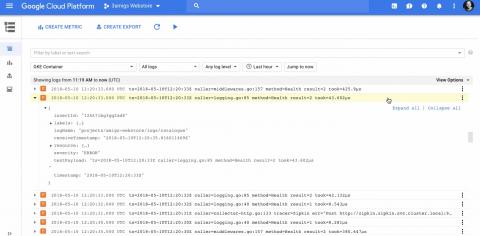Building a more reliable infrastructure with new Stackdriver tools and partners
Every software organization faces challenges in keeping applications available and running reliably. At Google, we’ve developed and practiced a discipline known as Site Reliability Engineering (SRE). Following SRE practices lets us build and operate services reliably for our billions of users. Google has about 2,500 Site Reliability Engineers who support both internal and external services.


